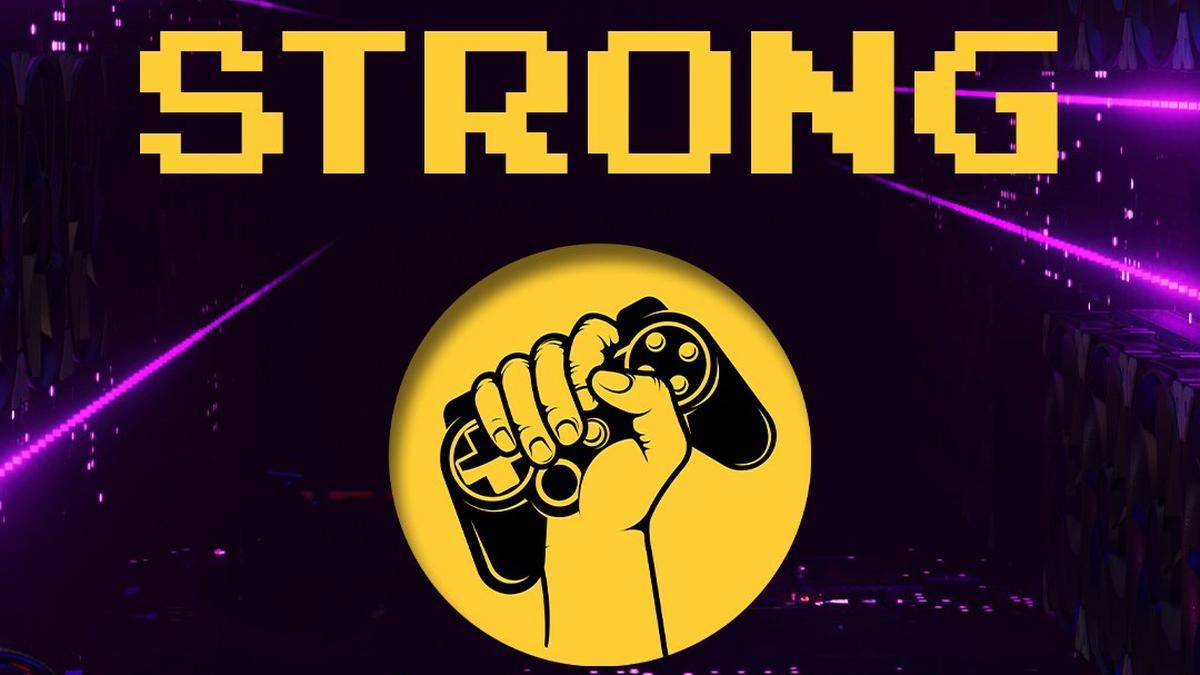
Hollywood’s video game performers have announced a significant strike, adding to the wave of work stoppages impacting the entertainment industry. This decision follows failed negotiations for a new contract with major game studios over protections against the misuse of artificial intelligence (AI). The strike, which marks the second time video game voice actors and motion capture performers have taken such action, will officially commence at 12:01 a.m. on Friday.
The impasse comes after nearly two years of intense discussions with industry giants, including divisions of Activision, Warner Bros., and Walt Disney Co. The core of the disagreement lies in the conditions of a new interactive media agreement, which touches upon crucial aspects like wages, job safety, and critically, the regulation of generative AI technologies.
SAG-AFTRA negotiators argue that while there has been progress on wages and job safety, the two parties remain deeply divided over how to manage AI usage. Without stringent guardrails, game companies could potentially train AI to replicate voice performances or create digital likenesses of actors without their permission or fair compensation, according to the union. This issue has accentuated the significance of defining who qualifies as a performer under the collective bargaining agreement.
“The industry has told us point blank that they do not necessarily consider everyone who is rendering movement performance to be a performer that is covered by the collective bargaining agreement,” stated Ray Rodriguez, SAG-AFTRA Chief Contracts Officer, during a news conference. “Some physical performances are being treated as ‘data’ rather than recognized as the creative work of unique performers.”
A spokesperson for the video game companies, Audrey Cooling, remarked that the studios had proposed meaningful AI protections, suggesting that SAG-AFTRA’s decision to strike was premature given their offer. “We are disappointed the union has chosen to walk away when we are so close to a deal, and we remain prepared to resume negotiations,” Cooling added.
However, the union’s negotiating committee has voiced strong concerns that the game companies’ proposal leaves many performers unprotected. Andi Norris, an actor and committee member, stressed that those who do stunt work or creature performances would still be vulnerable under the studios’ current offer.
.
“The performers who bring their body of work to these games create a vast array of characters,” Norris explained. “Their proposal would carve out anything that doesn’t look and sound identical to me as I sit here. On any given week, I am a zombie, I am a soldier, I am a zombie soldier. We cannot and will not accept that a stunt or movement performer giving a full performance on stage next to a voice actor isn’t a performer.”
The gaming industry is a mammoth economic force, generating well over $100 billion in annual profits, noted market forecaster Newzoo. SAG-AFTRA emphasized that the talents who design and animate these games are tantamount to this financial success, and therefore deserve appropriate recognition and protection.
The current strike authorization stems from an overwhelming member vote last year, which empowered the union’s leadership to call for a work stoppage if necessary. The growing concerns over how AI would be deployed by movie studios significantly contributed to last year’s film and television strikes, which lasted four months.
Historically, the last interactive contract, which expired in November 2022, did not address AI protections. However, it did manage to secure a bonus compensation structure for voice actors and performance capture artists, following an 11-month strike that began in October 2016. This period marked the first major labor action from SAG-AFTRA after the merger of Hollywood’s two largest actors’ unions in 2012.
The video game contract in question encompasses over 2,500 “off-camera (voiceover) performers, on-camera (motion capture, stunt) performers, stunt coordinators, singers, dancers, puppeteers, and background performers,” as stated by the union.
Amidst these tense negotiations, SAG-AFTRA has introduced a separate contract in February to address independent and lower-budget video game projects. This tiered-budget independent interactive media agreement contains many of the AI protections that the major gaming companies have so far rejected. Projects signed under these agreements are not part of the ongoing strike, providing a layer of complexity in the union’s strategy.
As the gaming community and industry await the outcome of this standoff, it remains to be seen how far apart the two sides truly are and whether common ground can be found. In the meantime, the union’s message is clear: they stand united in their fight for comprehensive protections that safeguard the creative contributions of all their members.












